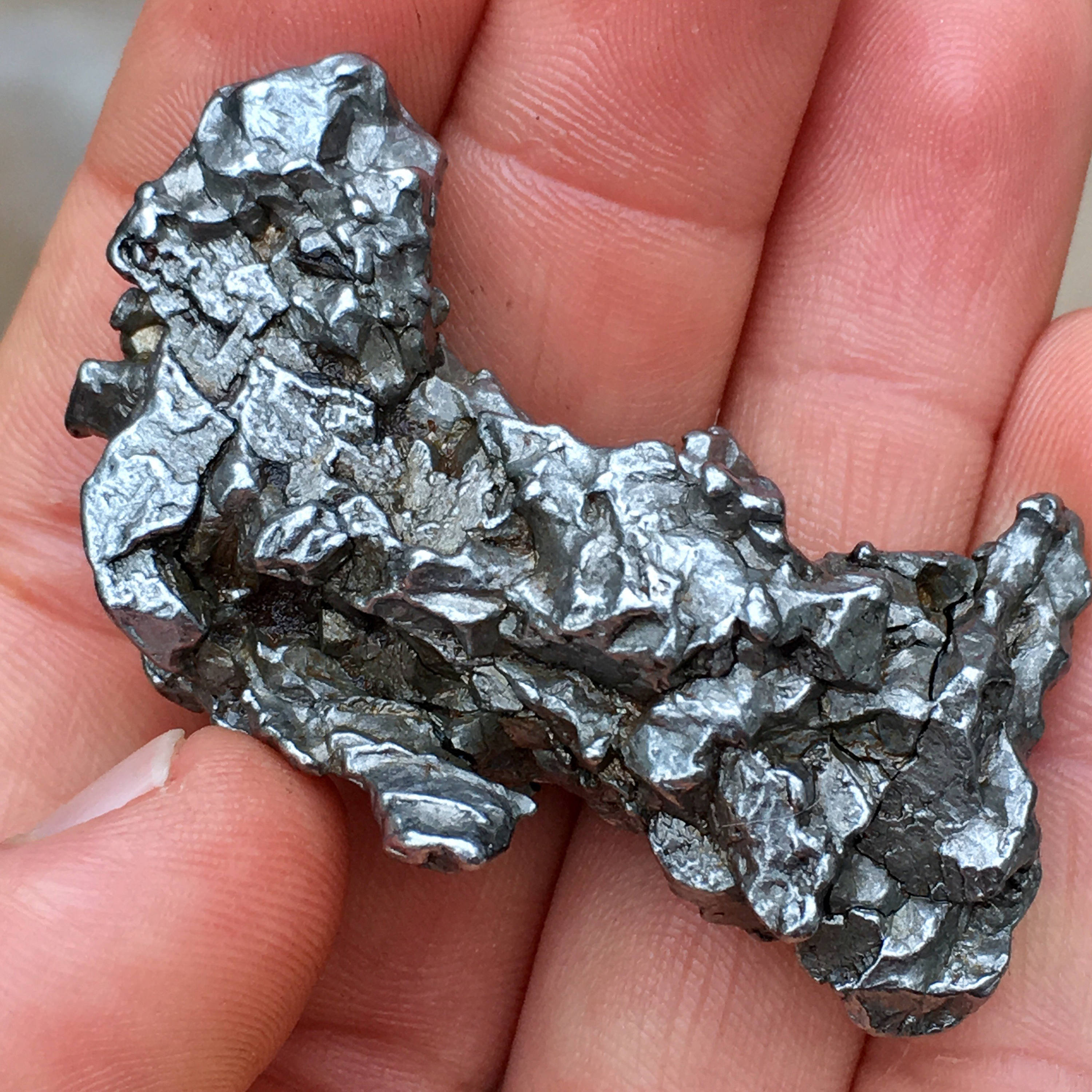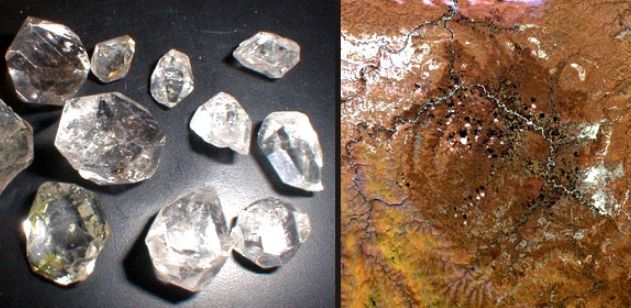

DIAMOND METEORITE HOW TO
Because it is both as light as a feather and as strong as a diamond both transparent and highly conductive and 1 million times thinner than a human hair, it could one day be used for more targeted medicines, tinier electronics with lighting-fast charging speeds, or faster and bendier technology, the researchers said.Īnd now that researchers have discovered these graphene growths inside meteorites, it's possible to learn more about how they form - and thus how to make them in the lab. Although research on this material is still ongoing, the material has many potential applications. Graphene is made of a one-atom-thick sheet of carbon, arranged in hexagons. These meteorites contain all of the building blocks of DNA

Massive meteorite impact created the hottest mantle rock ever Because it is thought to be 60 percent harder than the common cubic diamond, hexagonal diamond could have many potential uses in industry if it could be successfully recovered after shock compression.- Never-before-seen crystals found in perfectly preserved meteorite dust "Moving forward, we plan to investigate the persistence of this form of diamond under lower pressure. "Diamond is a material that is very easy to get excited about and our work in this area is just beginning," Gupta said. Turneaure and Gupta said the next step in the research will be to investigate under what conditions pure hexagonal diamond can be recovered after shock compression. "Such late-time measurements do not tell the whole story of what happened to the material during shock compression." "Most past research relied on microstructural examination of samples after they were shock compressed to infer what might have happened," Turneaure said. Their work clearly showed the graphite sample transformed into the hexagonal form of diamond before being obliterated into dust. They then used pulsed synchrotron x-rays to take snapshots every 150 billionths of a second while the shockwave from the impact compressed the graphite sample. To obtain their results, the researchers shot a lithium fluoride impactor at 11,000 mph into a 2 mm thick graphite disk. WSU shock physicist Stefan Turneaure and a team of researchers found that the crystalline structure of a highly oriented form of graphite transforms to the uncommon hexagonal form of diamond at a pressure of 500,000 atmospheres, around four times lower than previous studies had indicated. "This result has important implications regarding the estimates of thermodynamic conditions at the terrestrial sites of meteor impacts." "The transformation to hexagonal diamond occurs at a significantly lower stress than previously believed," said WSU Regents Professor Yogendra Gupta, director of the Institute for Shock Physics and a co-author of the study.

The results of the researchers' work are published in the journal Science Advances. Using its unique capabilities, the WSU team was able to take x-ray snap shots of the transformation of graphite to hexagonal diamond in real-time. The DCS is a first-of-its-kind experimental facility that links different shock wave compression capabilities to synchrotron x-rays.

The research was possible because of an unprecedented experimental development-the WSU-led Dynamic Compression Sector at Argonne National Laboratory's Advanced Photon Source. The discovery could help planetary scientists use the presence of hexagonal diamond at meteorite craters to estimate the severity of impacts. Now, a team of WSU researchers has for the first time observed and recorded the creation of hexagonal diamond in highly oriented pyrolytic graphite under shock compression, revealing crucial details about how it is formed. Scientists have puzzled over the exact pressure and other conditions needed to make hexagonal diamond since its discovery in an Arizona meteorite fragment half a century ago. Hexagonal diamond or lonsdaleite is harder than the type of diamond typically worn on an engagement ring and is thought to be naturally made when large, graphite-bearing meteorites slam into Earth.


 0 kommentar(er)
0 kommentar(er)
